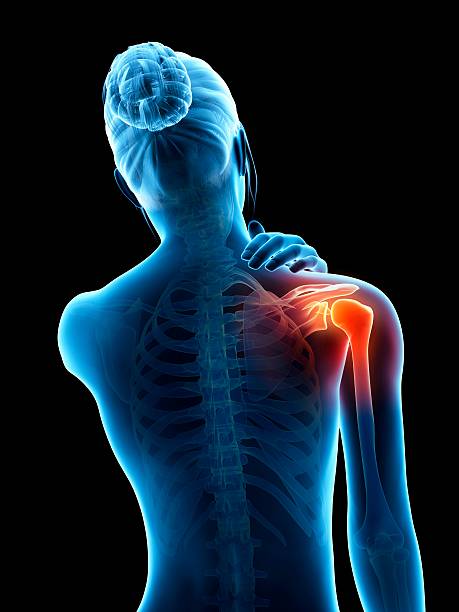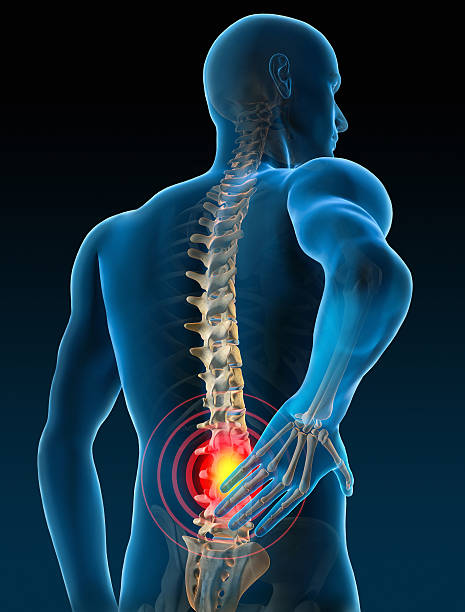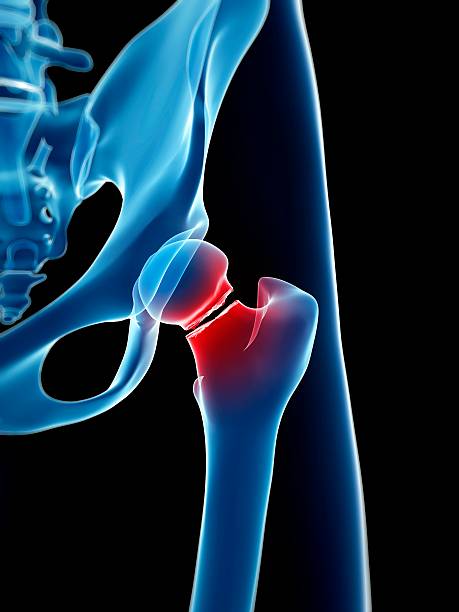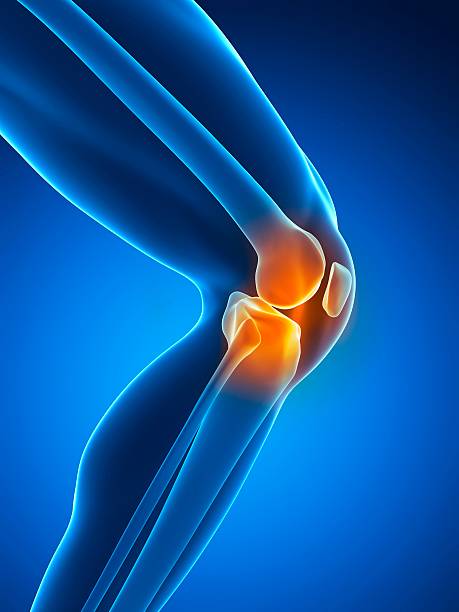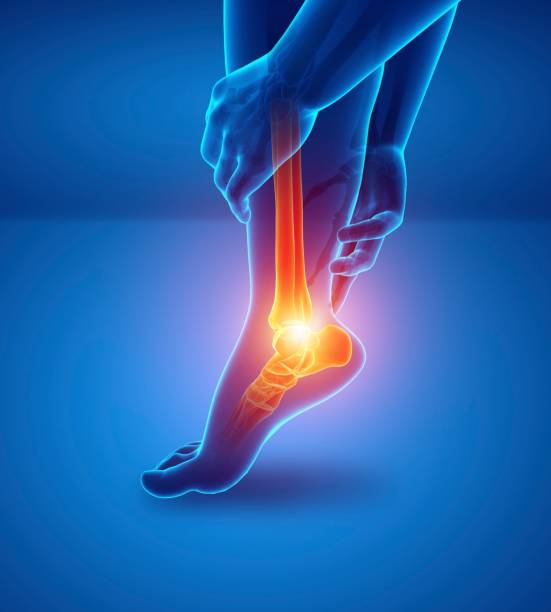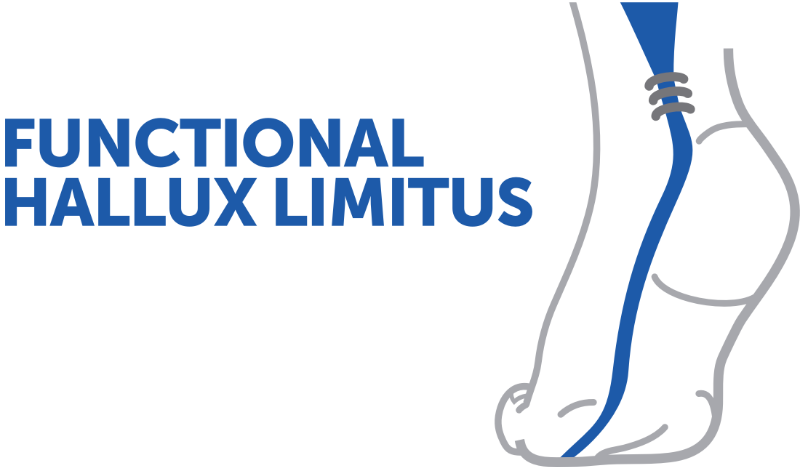Understanding and treating functional hallux limitus
Dr. Jacques Vallotton provides a detailed explanation of functional hallux limitus, a little-known condition that impacts foot propulsion. He describes its biomechanical consequences, clinical diagnosis, and conservative and surgical treatment options. This presentation introduces a new paradigm in the understanding of lower limb disorders.
Doctors
Topics
Treatments
Advice
- Dr Jacques Vallotton
- Definition of functional hallux limitus
- Clinical diagnosis and testing
- Biomechanical consequences
- Anthropological origins
- Conservative treatment
- Stretching
- Postural manipulation
- Endoscopic thenolysis
- Systematically test the stretch test
- Observe the signs on the shoes
- Working on proprioception
- Stretch the long flexor hallucis
- Assess postural balance
Information
Video type:
Anatomy:
Surgery:
Thematic:
Functional hallux limitus: conceptual framework and clinical definition
Functional hallux limitus refers to the inability of the first metatarsophalangeal to extend during propulsion, due to a blockage of the sliding of the long flexor hallucis (FHL) in the retrotalar tunnel.
This entity, still little known, renews the understanding of many lower limb pains. Indeed, damage to the forefoot winch mechanism disrupts the gait and requires chain compensations, from the foot to the pelvis.
Clinical diagnosis and orientation signs
The diagnosis is based first on the standardized examination: verification of the mobility of the first MTP in plantar flexion of the ankle, putting into maximum dorsiflexion, then attempting passive extension of the big toe. The impossibility of extension indicates a positive stretch test.
Peripheral elements are indicative: lateral wear of the heel, hyperkeratosis of the pulp of the big toe and "baby skin" under the first metatarsal head. The dynamic podiatric impression classically shows a lack of support under the first ray and a late tilt into pronation.
The stretch test is pathognomonic for diagnosing functional hallux limitus.
Biomechanical consequences and sporting repercussions
Blocking the FHL defeats the winch effect and creates a blockage in the sagittal plane: ankle dorsiflexion maintained at the end of support, knee and hip flexed, back flat. The timing of rotations shifts, promoting medial collapse of the knee and tendon overloads.
In athletes, these constraints increase the risks of ankle sprains, patellofemoral syndrome and ACL injuries during non-contact movements, through the internal valgus-rotation mechanism.
Conservative treatment: release and re-educate
The initial strategy aims to release the subtalar joint and restore tendon sliding, in order to restore the forefoot's winch role. It relies on specific maneuvers, stretching of the FHL, postural and proprioceptive work and, depending on the case, a plantar support such as a calcaneal stirrup to stabilize the gait.
This approach requires regularity over several weeks and is part of a global re-education of movement.
This new paradigm makes it possible to explain pathologies that were previously poorly understood.
Surgical option: endoscopic thenolysis of FHL
If rehabilitation fails, endoscopic thenolysis releases the retrotalar pulley and restores gliding of the musculotendinous junction. Intraoperative control of the stretch test confirms the return of hallux dorsiflexion when the ankle is in dorsiflexion.
The procedure, performed via two posterior approaches, is minimally invasive and compatible with early resumption of walking.
Clinical perspective
Recognizing functional hallux limitus can shed light on a variety of painful symptoms. A codified clinical examination, supplemented if necessary by a gait analysis, guides a graduated and effective treatment.
The therapeutic objective is constant: to resynchronize the lower limb to reestablish efficient and lastingly comfortable propulsion.
Pathologies treated at the center
Hallux Limitus
Functional
Your pain has a cause.The balance sheet allows us to understand it.
- Gait analysis
- Posture Assessment
- Guidance on the right treatment
- Study of plantar supports and supports
- Detection of compensations
- Pain–movement correlation
The functional assessment allows us to understand how a joint or postural imbalance can trigger or perpetuate pain. Very often, imaging is normal, but movement is disturbed. By analyzing gait, weight-bearing patterns, or posture, we identify the weak links in the chain and guide targeted treatment adapted to the patient's actual mechanics.


